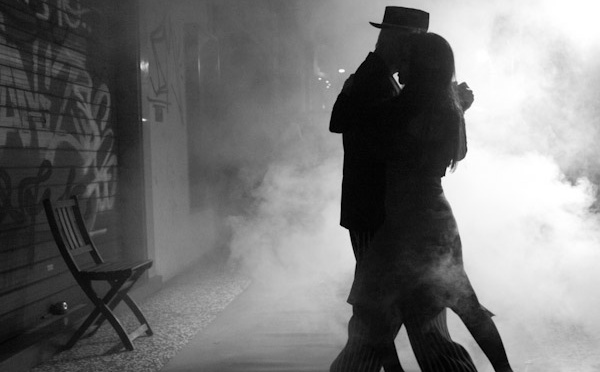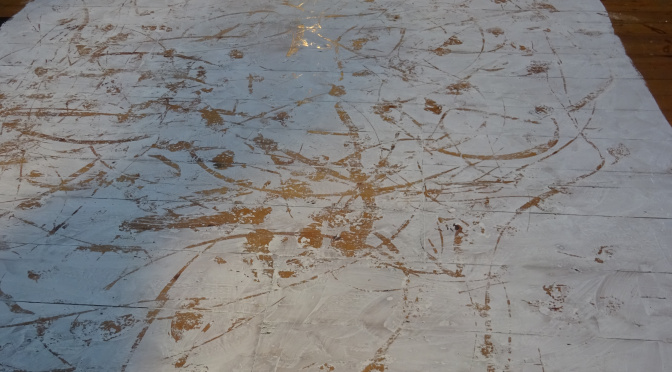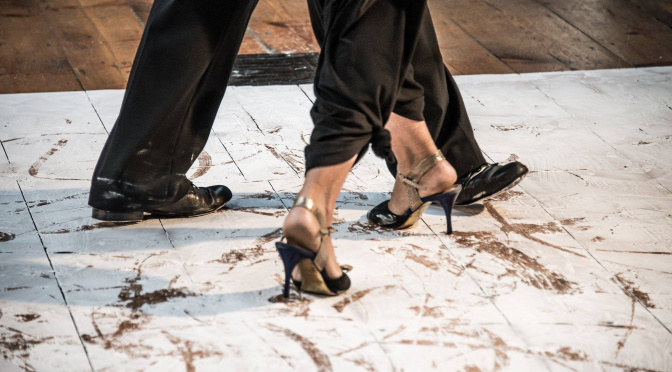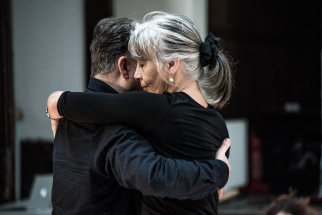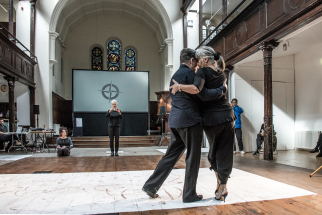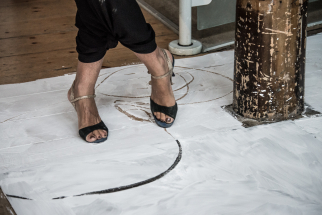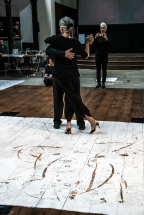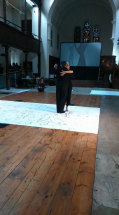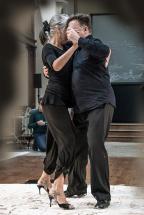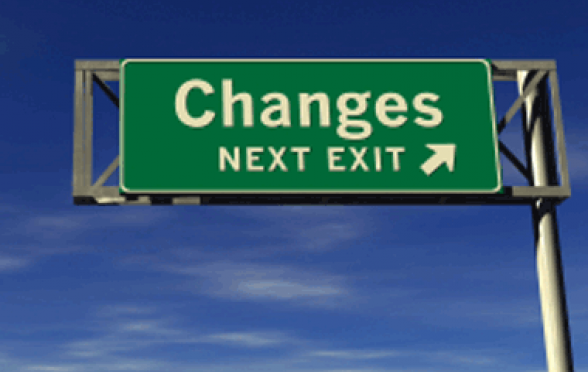Another evening has just sunk from sight into the all consuming quicksand of Tango.
It all started as I was listening – for the hundredth time – to this absolutely beautiful late Di Sarli tango – Domani – sung by Mario Pomar. I just love this tango so much.
And then for some reason I thought – why is it called Domani?
The lyrics are Spanish of course. A bit of google translate shows that the protagonist – as usual crying in the bar – is called Don Giovanni. And once again – the orchestra is Di Sarli.
And then I just started asking questions about the influence of Italians in the development of Tango. Fortunately I unearthed a wonderful paper by Llaria Serra : ‘ “Italian Tango” Between Buenos Aires and Paolo Conte ‘ . This is downloadable from here.
I just wanted to note some of the things from this paper that really interested me. There is much more of course..
- To quote Piazzolla himself “Sobre el tango flotan las melodías de los italianos”.
- The formative years of tango were 1890 – 1920 .. and Italians comprised 60% of the total immigration to Argentina before 1890.
- Italians were the organ grinders who first brought tango’s notes to the streets, and Italian men were among the first tango dancers.
- The tango had not yet reached downtown; it lingered in the suburbs, on the sidewalks, in front of the tenements where men danced accompanied by the hand-organs played by their owners, Neapolitan and Calabrese men with shiny black hair.
- One of the most beautiful definitions of tango in Argentina belongs to a famous composer and son of an Italian immigrant, Enrique Santos Discépolo: “Il tango è un pensiero triste che si balla” (“Tango is a sad thought that you can dance”).
- The harmonic structure of the first tango, according to Ucci, came from Italian opera and the Neapolitan canzonetta, with a preference for melodramatic themes of love and betrayal, and a lyrical style of violin and guitar playing.
- Just looking at he surnames Italian origin musicians that played tango throughout the golden age Matteucci lists 231 “bandoneónistas” (from Enrique Alessio to Marcelo Zoppolo); 138 piano players (from Juan Abbondanza to César Zagnoli); 179 violin players (from Juan Abatte to Orestes Zungri); 154 among viola, cello, double bass, guitar, flute and clarinet, and drum players; 57 poets and lyricists (from Santiago Adamini to César Vedani); and 55 singers.
- And going beyond their adopted names – who would have thought that Roberto Chanel’s real name was Alfredo Mazzucchi? or that Canaro – of course born in Uruguay – was actually called Canarozzo ? or that Firpo was born into a Italian family? And De Caro.. and Troilo ..
This wonderful paragraph completely intrigues me :
Today, tango in Italy has become a recreational dance. Lessons provide a meeting place for socialization but also a locus of difference in which to escape daily life. Tones of exoticism and positive otherness blend with “mysterious elements of virility, feminine beauty and sentimentality,” and this “hybrid producer of otherness” has become an “example of a globalized postmodernity that can become an identity.”
I stopped myself – I had actually typed ‘locus of difference’ into a Google Search – but as my hand hovered over the enter key I felt the atypical urge to stay sane.
Another night, perhaps.

